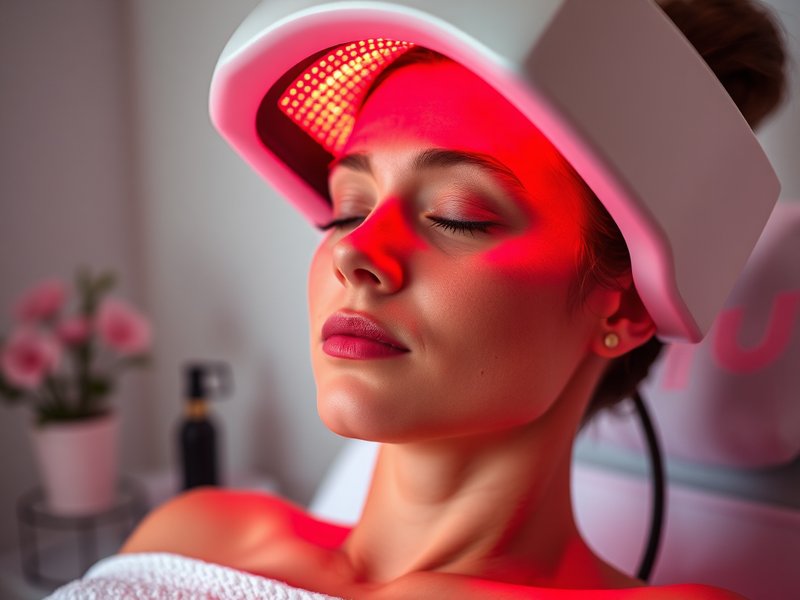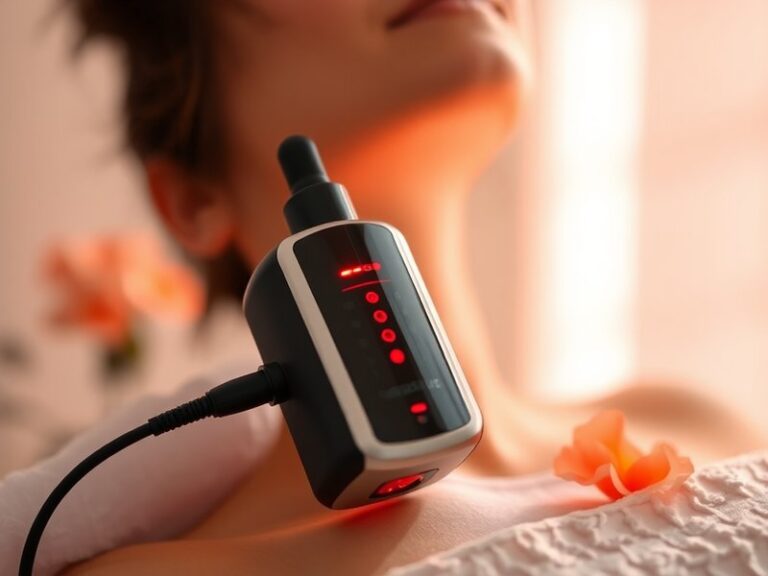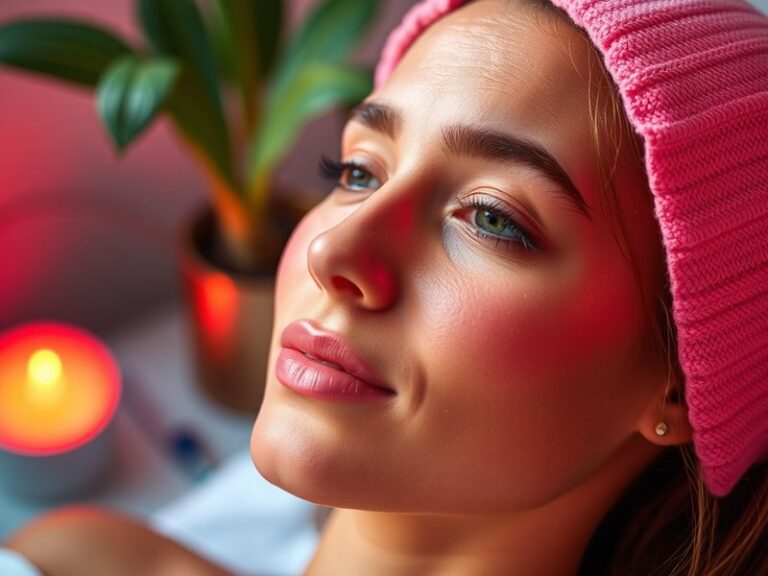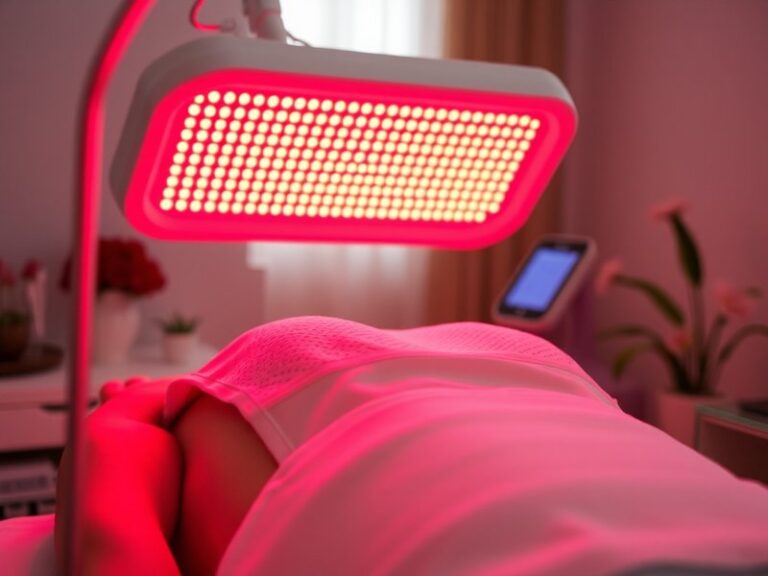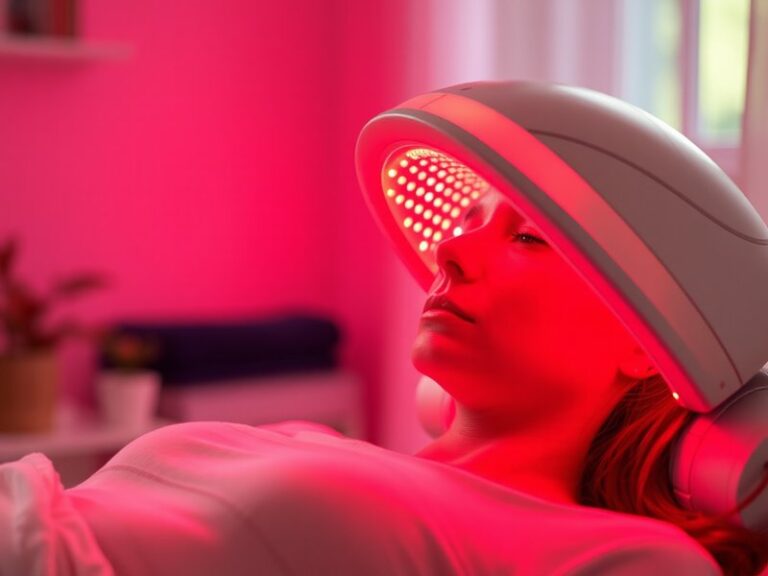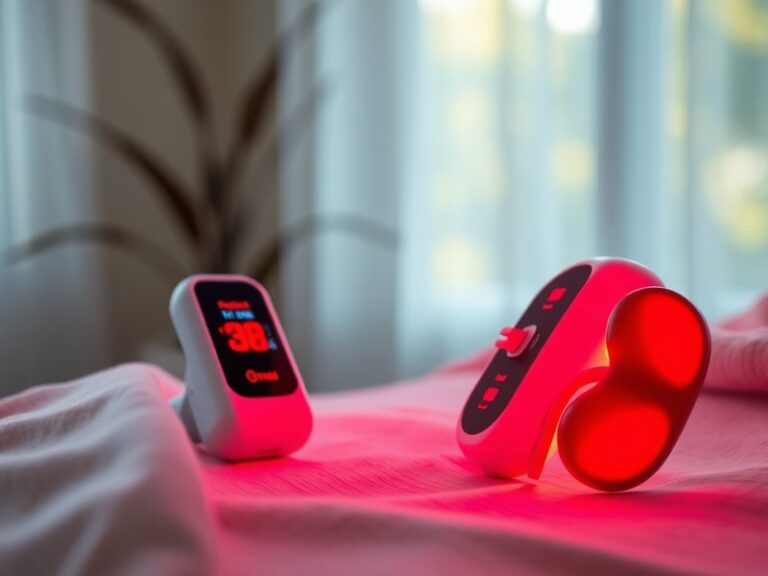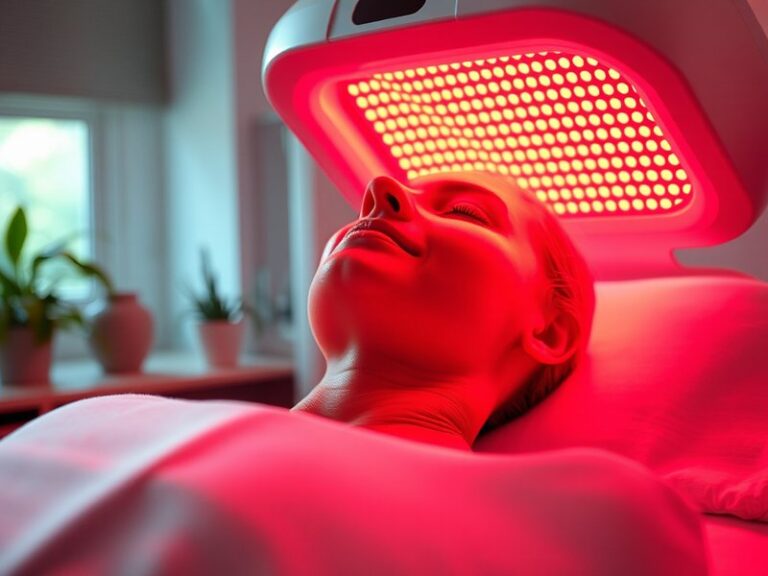Can Red Light Therapy Burn My Skin?
Can Red Light Therapy Burn My Skin?
Have you ever wondered about the safety of red light therapy and whether it could potentially harm your skin? This article will explore the possibility of skin burns from red light therapy, the science behind it, its benefits, and what you need to consider before trying it.
Key Takeaways
- Red light therapy is generally safe and does not cause burns when used correctly.
- Overexposure or incorrect use can lead to adverse skin reactions.
- Understanding skin types and device specifications is crucial for safe application.
What is Red Light Therapy?
Red light therapy (RLT) is a non-invasive treatment that uses low-level wavelengths of red light to promote healing and rejuvenation in the skin. It is often used for various dermatological issues, including acne, anti-aging, and inflammatory conditions. The therapy works by stimulating cellular processes, enhancing blood circulation, and activating the body’s natural healing mechanisms.
RLT devices can vary in type and intensity, including panels, handheld devices, and even specific spa treatments. Understanding the mechanism behind red light therapy can alleviate concerns about its safety, particularly with regard to burning the skin.
What are the Benefits of Red Light Therapy?
Red light therapy offers a number of significant benefits, especially for those looking to enhance their skin health. The following points explore some key advantages in detail.
Promotes Skin Healing
Red light therapy stimulates collagen production and encourages tissue repair, making it effective for wound healing and reducing scar formation. Many patients report improved skin texture and reduced appearance of stretch marks and scars after a series of treatments.
Reduces Inflammation
RLT helps to decrease inflammation by promoting the release of anti-inflammatory markers. This makes it beneficial for conditions like psoriasis, eczema, and rosacea, providing relief from discomfort and redness.
Enhances Anti-Aging Effects
Regular RLT sessions can improve skin elasticity and firmness, reducing the appearance of fine lines and wrinkles. Users often notice a more youthful glow, making this therapy popular for those seeking to combat the signs of aging.
Improves Hair Growth
Some studies suggest that RLT can stimulate hair follicles, encouraging regrowth in individuals experiencing hair thinning or loss. It is a non-invasive alternative to more aggressive hair restoration techniques.
Alleviates Pain
Beyond skin benefits, red light therapy has been shown to help manage pain associated with conditions like arthritis and muscle soreness. It can promote recovery following physical activity and injuries, serving as a complementary treatment for pain management.
Is it Possible to Burn My Skin with Red Light Therapy?
While red light therapy is considered safe for most people, there are certain aspects to consider regarding the risk of skin burns. The likelihood of burns primarily depends on the device’s power output, the distance from the skin, and the duration of exposure.
What are the Advantages of Being Aware of Risks?
Understanding the risks associated with red light therapy allows individuals to maximize benefits while minimizing potential side effects.
Read our take on Red light therapy bulb type?
What are the Disadvantages of Ignoring Safety Guidelines?
Neglecting to follow recommended guidelines can lead to skin irritation or burns, which could set back your skincare goals. It is essential to research the proper usage of any RLT device thoroughly.
What are the Things to Consider Before Starting Red Light Therapy?
Before engaging in red light therapy treatments, there are important factors to consider to ensure safety and effectiveness.
Skin Type Sensitivity
Individuals with sensitive skin or specific skin conditions should consult with a healthcare professional prior to starting treatments. Testing a small area for adverse reactions is a prudent approach.
Device Quality and Specification
Not all RLT devices are created equal. Ensure that you are using a device that meets safety standards and is appropriate for your intended use. Check for certifications and user reviews.
Duration and Frequency of Use
Following the manufacturer’s recommendations regarding session duration and frequency is crucial to avoid skin irritation. Start slowly to gauge your skin’s response, and gradually increase exposure time as needed.
Understanding Your Health Conditions
Consult a healthcare professional if you have pre-existing conditions such as skin cancer, light sensitivity, or are taking medications that make your skin more susceptible to irritation.
What are the Alternatives to Red Light Therapy?
For those considering alternatives, several other therapies and treatments can promote skin health and healing.
Laser Therapy
Laser therapy utilizes focused light to treat various skin issues, including wrinkles, scars, and pigmentation concerns. It often provides quicker results but may come with more risks and side effects.
Microdermabrasion
This non-invasive exfoliation technique removes dead skin cells and promotes new cell growth, making it effective for skin rejuvenation. It also has minimal downtime but may not possess the same depth of healing as RLT.
Chemical Peels
Chemical peels involve applying a solution to the skin, which exfoliates and encourages new cell growth. They can address similar skin concerns but vary in intensity and downtime depending on the formula used.
Topical Treatments
Over-the-counter products containing retinoids, vitamin C, or hyaluronic acid can promote skin health and improve appearance without the need for specialized equipment.
Conclusion: Is it Recommended to Try Red Light Therapy?
Overall, red light therapy is a safe and effective treatment option for a variety of skin concerns when used appropriately. While the risk of burns exists, understanding how to use devices safely, adhering to guidelines, and considering personal skin sensitivity can help maximize benefits while minimizing risks.
For those keen on exploring this innovative skincare treatment, it’s advisable to consult with a specialist to tailor the approach to your unique needs.
Frequently Asked Questions
Can I use red light therapy on any skin type?
Yes, red light therapy is suitable for most skin types. However, individuals with sensitive skin should consult a professional to ensure safe use.
How long should a red light therapy session last?
Sessions typically last between 10 to 20 minutes, depending on the device and skin type. It’s essential to follow the guidelines provided with your specific device.
See what we think about Can Red Light Therapy Treat Lips?
Will red light therapy tan my skin?
No, red light therapy does not tan the skin as it does not emit ultraviolet (UV) rays. It is designed to stimulate healing and rejuvenation without damaging the skin.
How often should I undergo red light therapy?
Frequency can vary based on individual goals and device recommendations, but most users find success with sessions two to three times a week.
Can I do red light therapy at home?
Yes, there are many at-home devices available for red light therapy. Just be sure to choose a reputable product that is safe and effective. Always adhere to the manufacturer’s instructions for best results.
